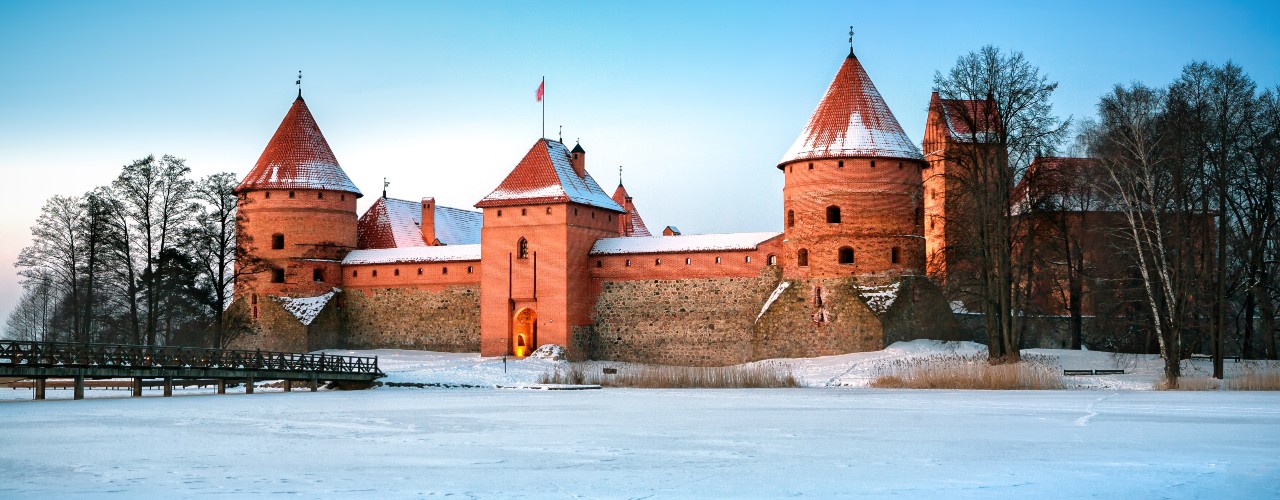All About Lithuania

Lithuania, the southernmost of the Baltic states, offers a compelling blend of historical depth, cultural richness, and natural beauty. With its historic cities, dense forests, and scenic coastlines, compiling even a brief overview of Lithuania’s attractions is no small feat. Perhaps the journey should begin in Vilnius, Lithuania's vibrant capital.
Vilnius is celebrated for its UNESCO-listed Old Town, one of the largest in Europe, where Gothic, Renaissance, Baroque, and Classical architecture coexist harmoniously. The city's spirit is encapsulated in the Gediminas Tower, overlooking a maze of cobblestone streets and quaint courtyards. Vilnius is not merely a haven for history enthusiasts; it is a thriving cultural hub, with an array of cafes, galleries, and clubs that showcase the contemporary creativity of Lithuania.
Should we then wander to the west, to the port city of Klaipėda, where the country’s maritime heritage comes to life? Klaipėda, with its Germanic roots evident in its architecture and layout, serves as the gateway to the Curonian Spit, a stunning stretch of sand dunes that forms a natural barrier between the Curonian Lagoon and the Baltic Sea. This UNESCO World Heritage site is a haven for wildlife and offers serene landscapes that inspire both tranquility and adventure.
Or maybe we delve into the heart of Lithuania and explore Trakai, famous for its picturesque island castle set amidst the tranquil waters of Lake Galvė. Trakai is not just a relic of Lithuania’s grand ducal past but a living community where the unique Karaim culture continues to thrive, offering visitors a taste of its distinctive cuisine and traditions.
The cultural tapestry of Lithuania is also marked by its vibrant traditions, festivals, and the enduring spirit of its people. The country celebrates its rich heritage through music, dance, and crafts, with the Song and Dance Festival standing out as a spectacular display of national unity and pride. Lithuanian cuisine, deeply rooted in the seasons and the land, offers a comforting journey through flavors, with dishes like cepelinai (potato dumplings) and šaltibarščiai (cold beet soup) that tell the story of the nation’s history and landscape.
When to Visit Lithuania: Reflecting the temperate climate of the Baltic region, Lithuania presents a unique charm in every season.
Summer (June to August) is perfect for exploring Lithuania’s beaches, particularly along the Curonian Spit, and for enjoying the country’s many festivals in the warmth of the Baltic sun.
Autumn (September to November) reveals a country awash in the golden hues of fall, ideal for hiking in Lithuania’s national parks and forests.
Winter (December to February) covers the landscape in a blanket of snow, making it a picturesque time for visiting, especially for those who enjoy winter sports and the magical atmosphere of Christmas markets.
Spring (March to May) brings the country to life with blooming flowers and the fresh green of new leaves, a wonderful season for exploring Lithuania’s natural beauty and historical sites.
Lithuania, with its blend of historical monuments, rich cultural traditions, and breathtaking natural landscapes, invites travelers to discover a country that bridges the past and the present in the heart of the Baltic.
























